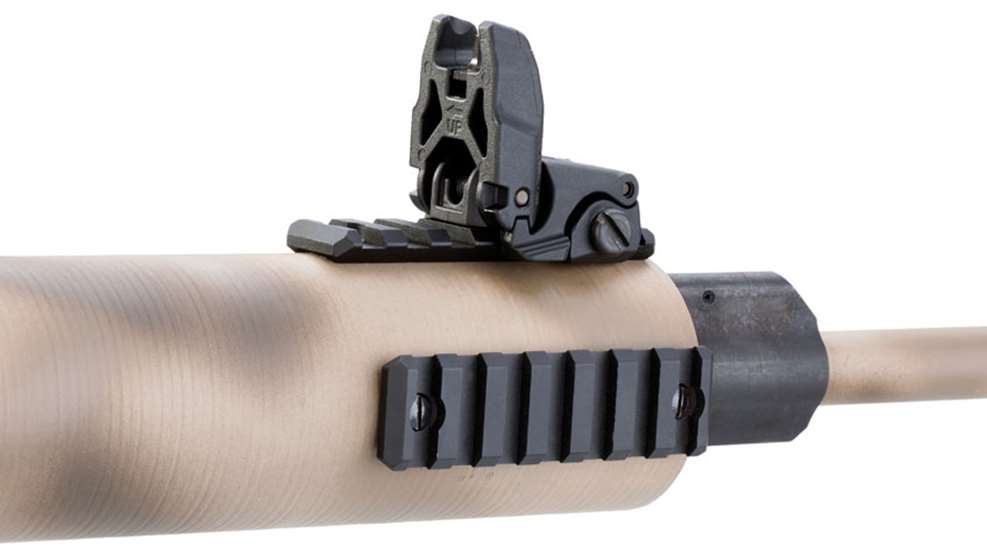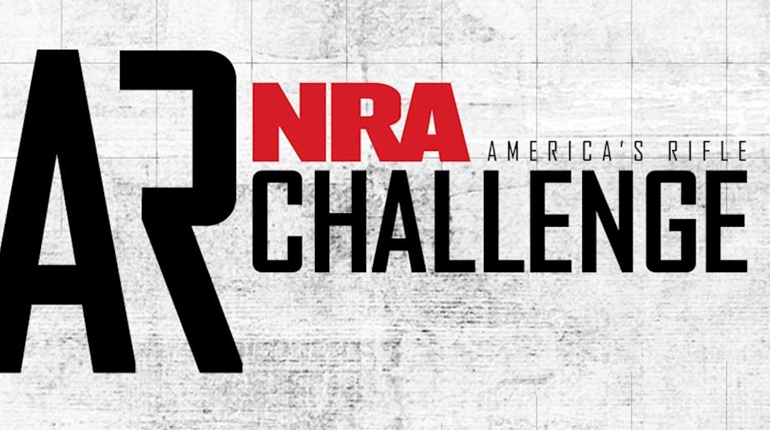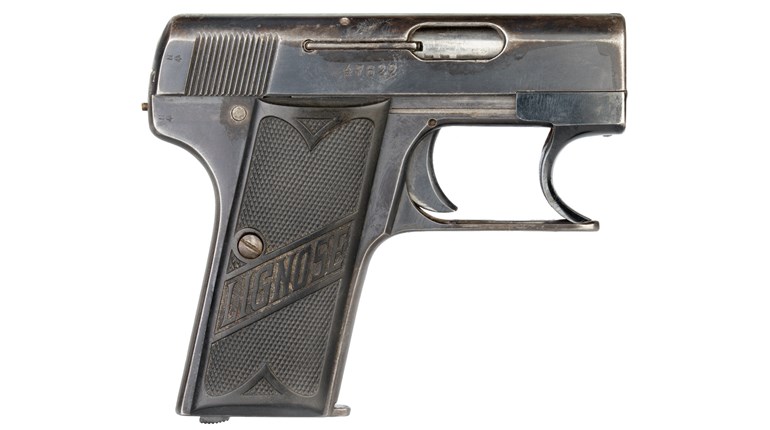
This article, "When the Lights go out," appeared originally as a Tech Wisdom column in the March 2017 issue of Shooting Illustrated. To subscribe to Shooting Illustrated, visit the NRA membership page here and select Shooting Illustrated as your member magazine.
A few months prior to the 2016 presidential election, I purchased an AR-15 for fear their availability was going to diminish in the near future. It shipped “optics ready” with a full-length rail and no sights, so I purchased a red-dot sight thinking I was all set. After a few trips to the range the optic quit working just as I was getting ready to shoot some targets with my son. An astute young man, he asked, “Since we may have to use this rifle for home defense, what happens when the dot goes out when we need it the most?” Can you give me a few ideas in selecting a general-purpose iron-sight system for the rifle to augment the red-dot sight?
Robert Parker, Louisville, KY
Your question is fairly common for the owner of a AR-15-style rifle. Hopefully my answer will benefit the many owners of modern sporting rifles, AR-15 and otherwise. The fact I have witnessed quite a few MSR owners in classes and elsewhere who either don’t have backup sights on their rifles at all or have the backup iron sights (BUIS) attached to their rifles but have no clue as to how to use them quite amazes me. It’s almost as if technology has taken over and the use of iron sights is rapidly becoming a lost art.
“Iron sights” are more of a synonym for open, mechanical sights, which require a front and rear sight, properly aligned and zeroed to a particular firearm, in order to hit the intended target. The “iron” sights to which I refer are typically made of steel, aluminum, plastic or combinations thereof. There may be slight advantages from one to the other, but they all serve a similar purpose.
Select a quality set of backup iron sights that are compatible with each other and the rifle they are intended to be installed on.
Most backup-sight sets are designed for rifles with a continuous rail system from the rear of the upper receiver out past the gas block on the barrel. Some rifles have rails on the upper receiver and gas block only with standard handguards between. More often than not, the gas-block rail height is different from the upper-receiver-rail height, requiring sight bases to make up the difference in height for the sights to function correctly on the particular rifle in question.
Although there are different schools of thought within the defensive-rifle community, my contention is that backup iron sights should be folded out of the sight path until the primary-sight system fails. A sight picture should not be cluttered with unnecessary distractions from my point- of-view.
I also favor sights that lock into position simply because if there is any movement involved or shooting through tight openings, sights tend to encounter objects or obstructions that knock them out of position. This in turn causes the shooter to spend precious time re-deploying the sights at a critical moment in order to effectively engage a target.
Many owners equip their rifles with red-dot sights and also backup iron sights so that the sights co-witness each other. This means the properly aligned iron sights and the red-dot sight are zeroed to the same point-of-impact on a particular target at a given distance when looking through a non-magnified optic.
When viewing the aligned backup iron sights with the red dot simultaneously, the top of the front sight post should be centered in the rear-sight aperture vertically and horizontally and the dot should be centered on and touching the top of the front-sight post. I recommend shooting a zero target with the red-dot alone followed by shooting the same target under the same conditions with only the iron sights. This will confirm the point-of-aim/point-of-impact is close or indicate adjustments are necessary to achieve the desired result.
Regarding the click-adjustment value of backup iron sights, each click moves the strike of the round on the target in windage and/or elevation. No matter the advertised or implied click value, actual value aside from mechanical tolerances is determined by the sight radius or distance the sights are apart. With full-length rails and all the accessories that can be attached to them, sight radius isn’t necessarily the same for all applications. Keep in mind the closer together the sights are, the more movement per click on the target.
Once the red-dots/ BUIS are co-witnessed to your liking there is little reason to change them.
Practice with both types of sights to build proficiency…just in case.






































